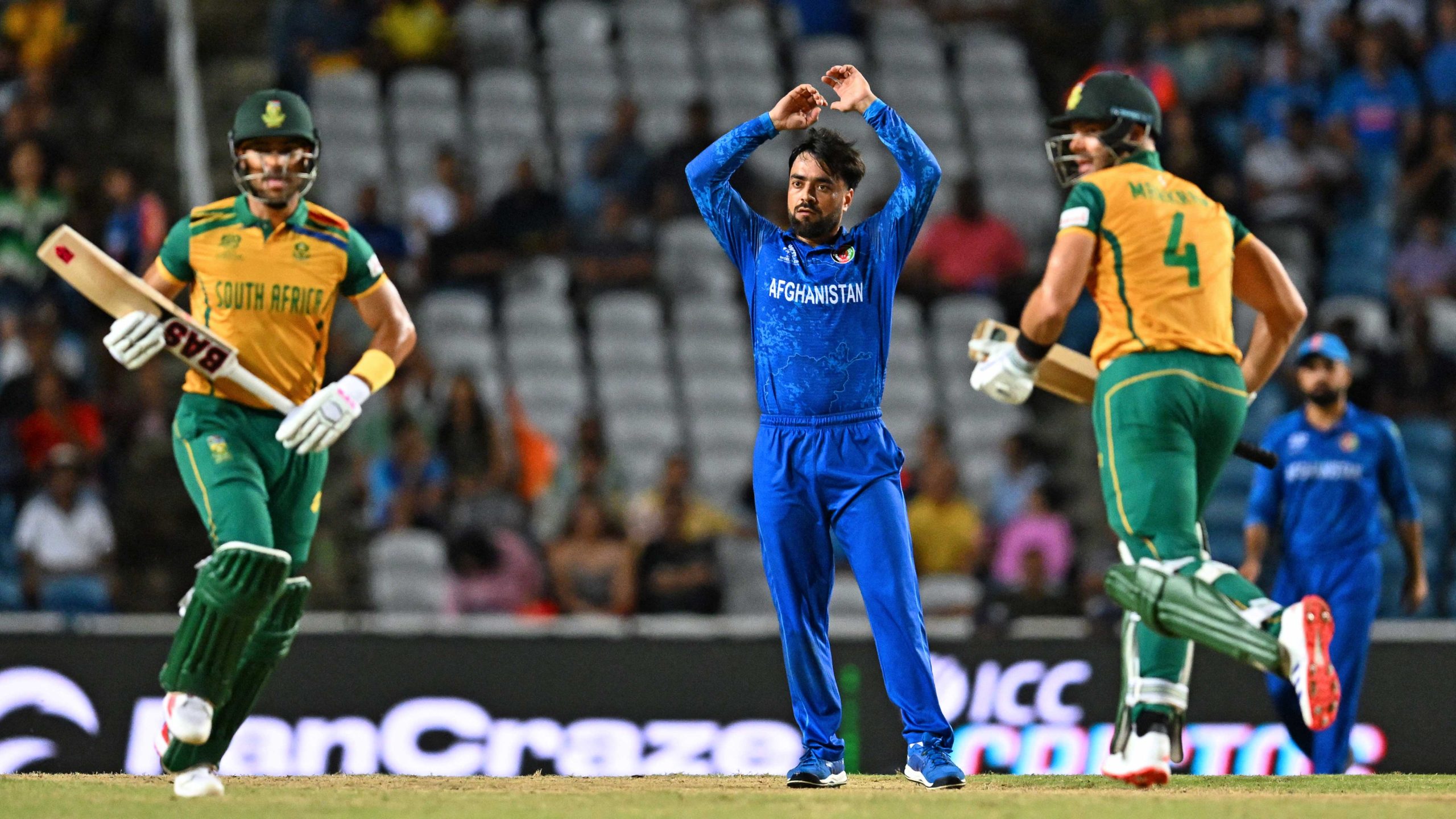Batter has uncanny ability to read situation and respond with requisite power and placement

India may have comfortably won in the end, but the first half of the first innings was far from easy. Despite Rishabh Pant’s breezy cameo, India only managed 54 runs in the first seven overs. Then Suryakumar Yadav took charge.
The pitch conditions did not favor players relying on touch to maintain a T20 pace. The slow pitch made it easier to set fields as batters couldn’t utilize the whole field without pace on the ball. Two types of batters thrived: those who could hit into unconventional areas and those powerful enough to clear the shorter straight boundaries.
Suryakumar Yadav excels at both. Before he took over, Rohit Sharma and Virat Kohli attempted sweeps but consistently found the deep fielders, even with only two men back. Suryakumar, with his wide array of sweeps, strategically placed the ball away from the fielders. Bowlers are wary of his sweep, and his success often forces them to bowl fuller, which is a natural counter to the sweep.
This strategy was evident against pace bowler Azmatullah Omarzai. Suryakumar swept a ball from wide outside off, prompting overpitched deliveries for the rest of the over, which he then capitalized on by hitting down the ground. In this innings, he only scored 14 runs behind the wicket, unusually low for him, but the slow pitch required him to rely more on muscle power, which he did effectively.
Suryakumar attacked all around the ground against Afghanistan in the T20 World Cup Super Eight match in Bridgetown on June 20, 2024. He mentioned not picking Rashid Khan’s deliveries out of the hand but still knew which shots to play. Entering the match with 86 runs off 58 deliveries from Rashid without getting out, he improved this record with 16 off six in this game. Rashid’s fuller deliveries did not deter Suryakumar’s sweeping prowess.
Understanding the conditions, Suryakumar advised Hardik Pandya to score aggressively before the ball aged. Following his 49-ball fifty against the USA, another situation-appropriate innings, this performance was remarkable. His aggressive approach forced Rashid to bowl out by the 14th over, with Pandya taking most of the final over, though Rashid nearly secured a fourth wicket.
In the grand scheme of Suryakumar’s masterclasses, this innings might seem minor, yet it highlights his T20 genius a perfect blend of skill and intent. What appeared challenging for Rohit and Kohli became favorable batting conditions with Suryakumar at the crease. The run rate jumped from 7.71 to 9.6 during his time at the wicket, where he scored 53 of the 96 runs despite facing fewer than half the balls. Except for Pant, who could score behind the wicket, no one matched Suryakumar’s strike rate in these tough conditions.
Watching Suryakumar bat right after Rohit and Kohli, one wonders if it’s merely a matter of intent. Though Rohit and Kohli’s intent has improved, they lack the vast scoring options Suryakumar possesses. Left-arm spin remains a challenge for Suryakumar, a type of bowler Afghanistan didn’t have. This minor weakness is permissible when a player is exceptionally skilled.









